16 cost-free, quick and easy fitness hacks for every day
Riding your bike is just one part of staying fit and healthy. Every spare moment of the day presents an opportunity to boost your wellbeing, here’s what you can do…
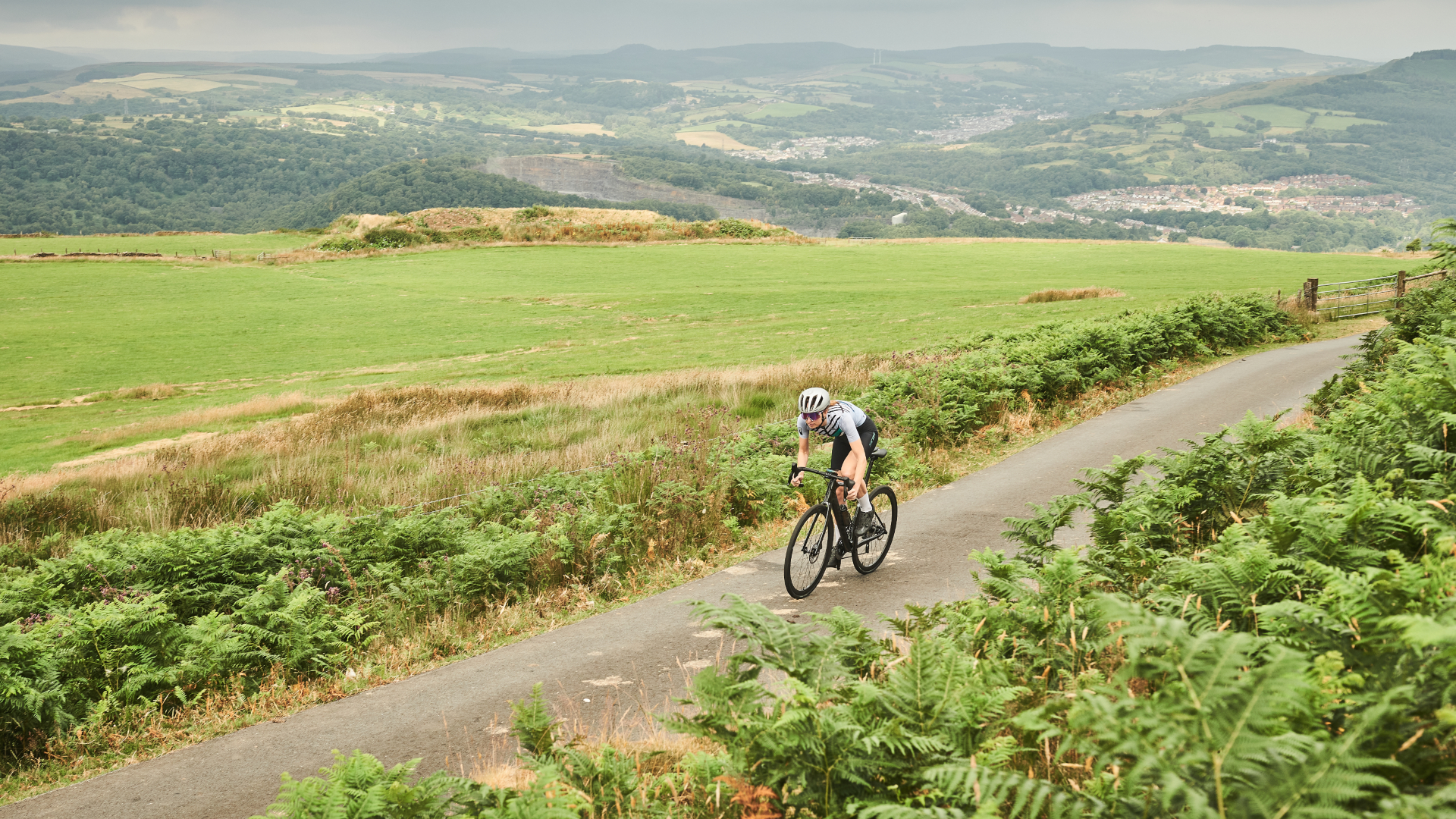
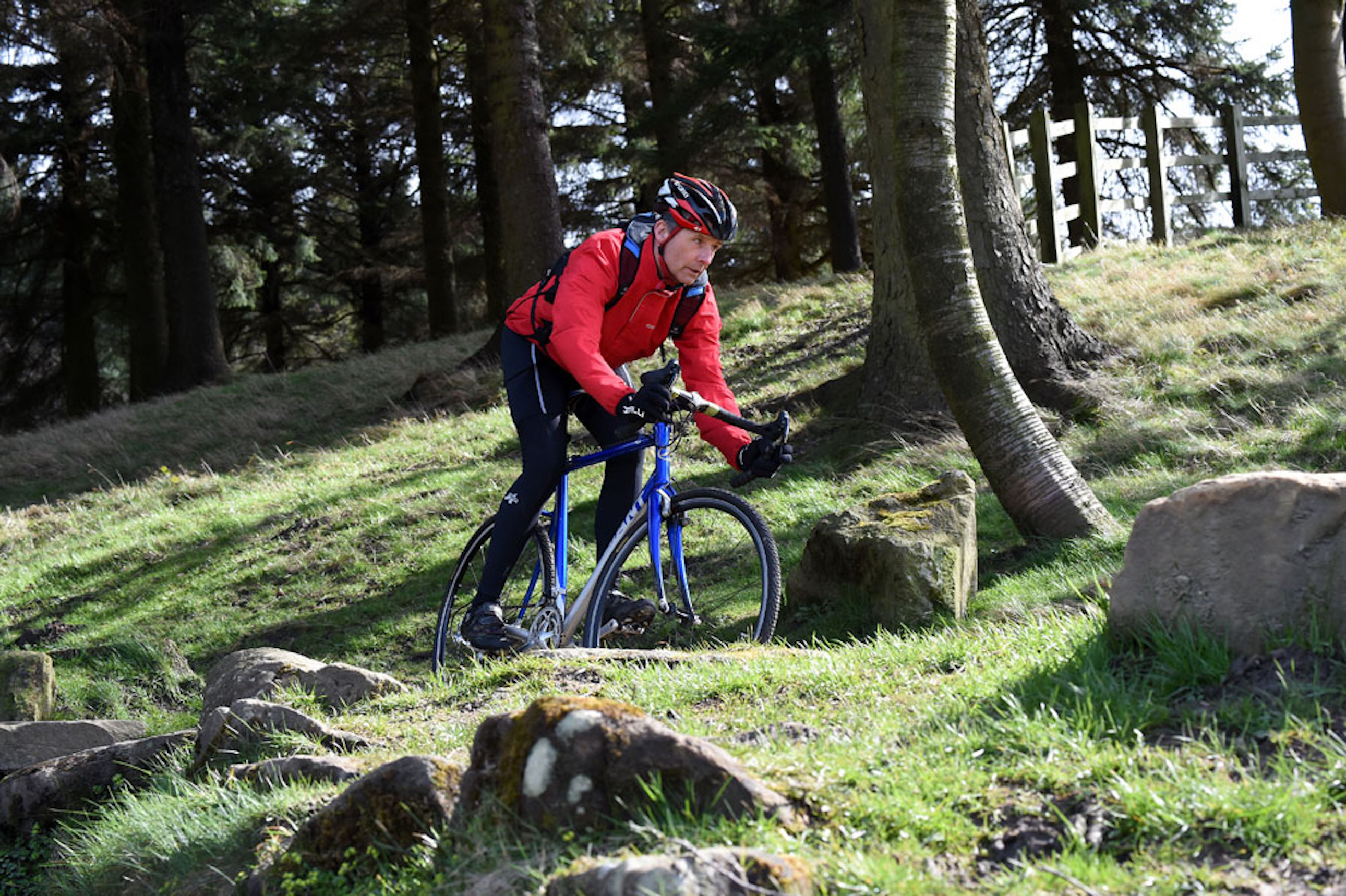
As much as we love cycling, our favoured way to keep fit, few of us are able to spend as much time on our bikes as we’d ideally like to reap the many benefits of cycling. Work, family life, holidays – there are always commitments threatening to kick cycling off the calendar. But time away from our bikes doesn’t need to be time neglecting our bodies. You can continue to maintain your health, fitness and cycling performance while going about your day-to-day life – and here are 16 cost-free, quick and easy ways to do just that…
16 cost-free, quick and easy fitness hacks
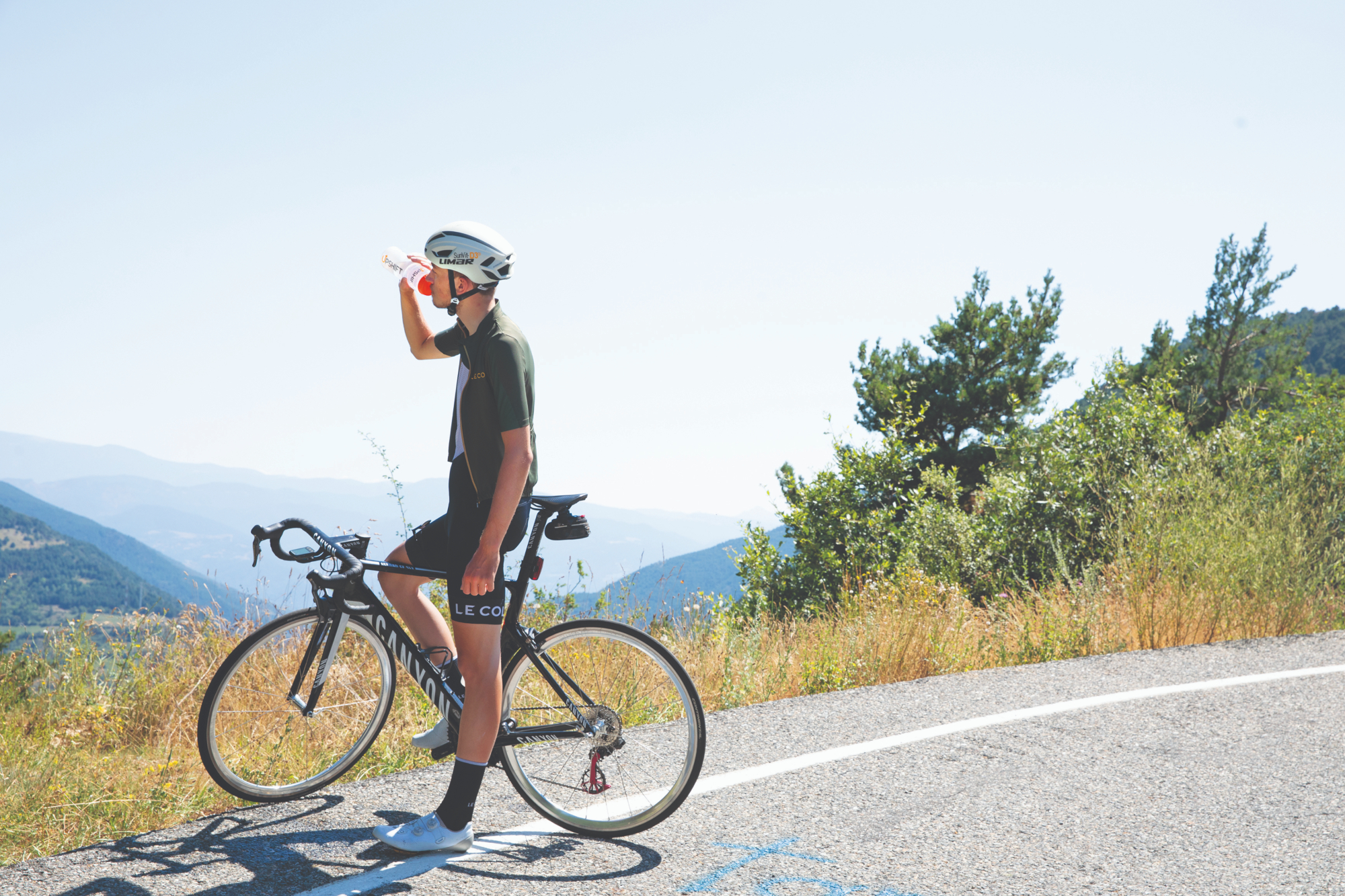
1. Tuck your tummy
This is a core exercise you can do anytime, anywhere without anyone knowing you’re doing it. The transverse abdominis (TA) is the innermost sheet of muscles in your abdomen. Engaging your TA is simple: tense your stomach, drawing your navel back towards your spine and hold it there while you continue to breathe in and out. Hold for 20 to 30 seconds then repeat three times. Try it standing first; you’ll soon be able to do it sitting down too. True mastery of this exercise is being able to chat and move your limbs with your TA engaged. Even better, although engaging your TA is a core exercise in itself, it’s also the foundation of all other core routine exercises – you will get an extra boost from any core work if you engage the TA first.
2. Take a moment
This is particularly useful if you train early in the day. Immediately after getting home, lie down, close your eyes and let your mind go blank. Don’t think about anything, not even how you are breathing; just be. Take a minute or two, then get up and get on with the rest of your day. It’s a brilliant way to draw a line under what you’ve done in training, reset and continue with whatever else you’ve got to do.
3. Write it down
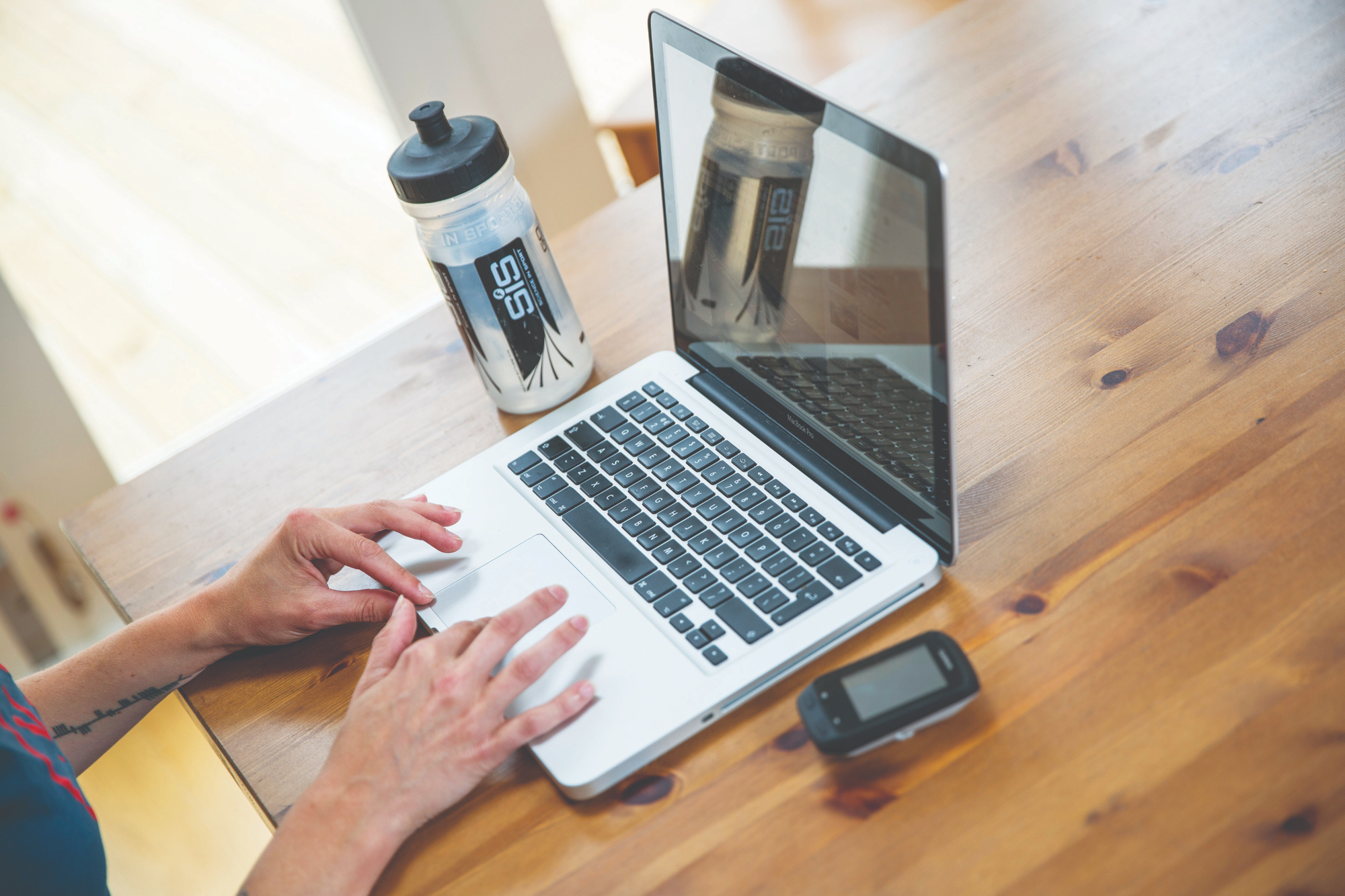
Writing something down gives it a ‘thing life’, a realness. Writing a cycling training plan, or even a single training session, does the same, making you more likely to do it. Afterwards, written reviews of sessions or plans provide a foundation to build your fitness on. Keeping a food diary can help you track what you eat each day – often more than you think – so it can be a very powerful visual prompt if you are trying to lose weight. There is a lot of scientific evidence that journaling can help improve mental health, especially for people suffering from anxiety or depression. The evidence is compelling.
Get The Leadout Newsletter
The latest race content, interviews, features, reviews and expert buying guides, direct to your inbox!
4. Fidget
A 2005 Mayo Clinic study found that office workers who fidget – defined as springing up from sitting down, moving around while working at a desk, shifting position in meetings, constantly moving feet and being generally restless – burn an average of 350kcal per day more than people who tend to sit still. Unsurprisingly, the study also found that the fidgeters were leaner.
5. Don’t sit for too long
Many people sit at work, but keeping still for long periods isn’t good for your health. A US study found that people who broke their sitting time into 20-minute bouts, with one minute of walking around in-between, had smaller waist circumferences and lower blood pressure, as well as improved insulin, triglycerides and blood glucose levels, than people who sat for longer, unbroken periods.
Get into the habit by taking telephone calls on the move, using stairs instead of lifts, and having walking meetings. Count your steps with an app, keep a tally of floors climbed, and try to increase your daily averages. All movement adds to calories burnt, as well as the health benefits already outlined, and movement helps your lymphatic system, the part of your immune system that transports lymph, a fluid containing infection-fighting white blood cells throughout the body.
6. Take deep breaths
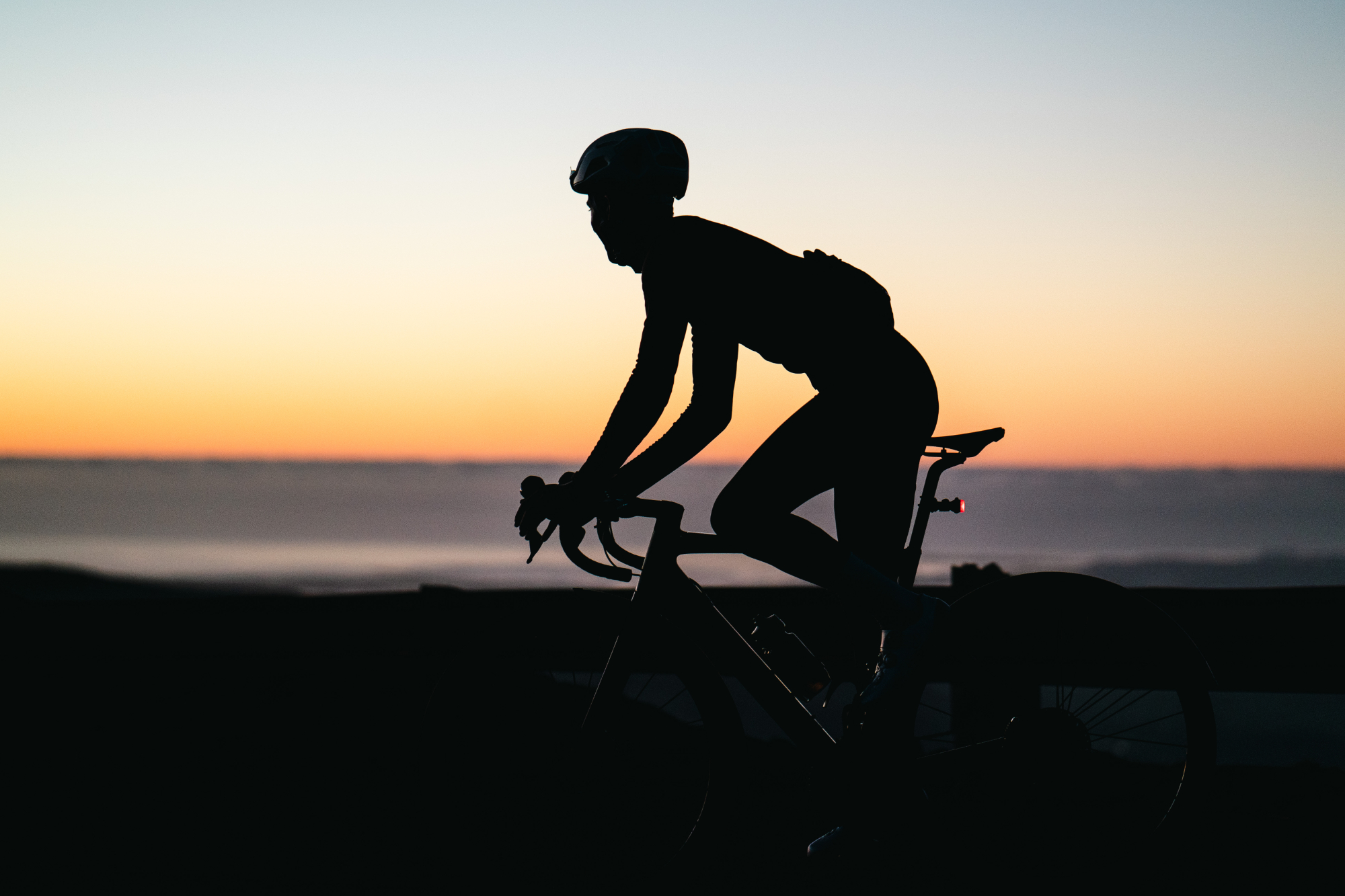
When breathing deeply, your diaphragm – the sheet of muscles beneath the lungs – helps power lymphatic movement from the thoracic region, whereas while seated and focusing on work, we tend to take very shallow breaths. Now and again while working, take one or two deep breaths to help keep the lymph flowing.
‘Flight or fight’ is a human response to stress or fear: when we sense threat, our bodies go into overdrive. Responses include increased blood pressure, glucose and adrenaline release – all useful things if we need to run away, but in modern life that’s rarely the case. Box breathing provides a healthy mental and physical reset after experiencing a stressful situation. It’s easy: breathe in, hold your breath, exhale, hold the exhale; each to the count of four. Repeat until you feel more relaxed, and your body’s ‘fight or flight’ response should have subsided.
7. Roll with the keyboard punches
This may not be for everyone, and you might not want to do it all day, but for those working at computers, try swapping your work chair for a Swiss ball now and again. Sit upright on it, flex your leg muscles and gently bounce, or move the ball around by flexing your spine. This is really good for your core muscles.
8. The slow exhale test
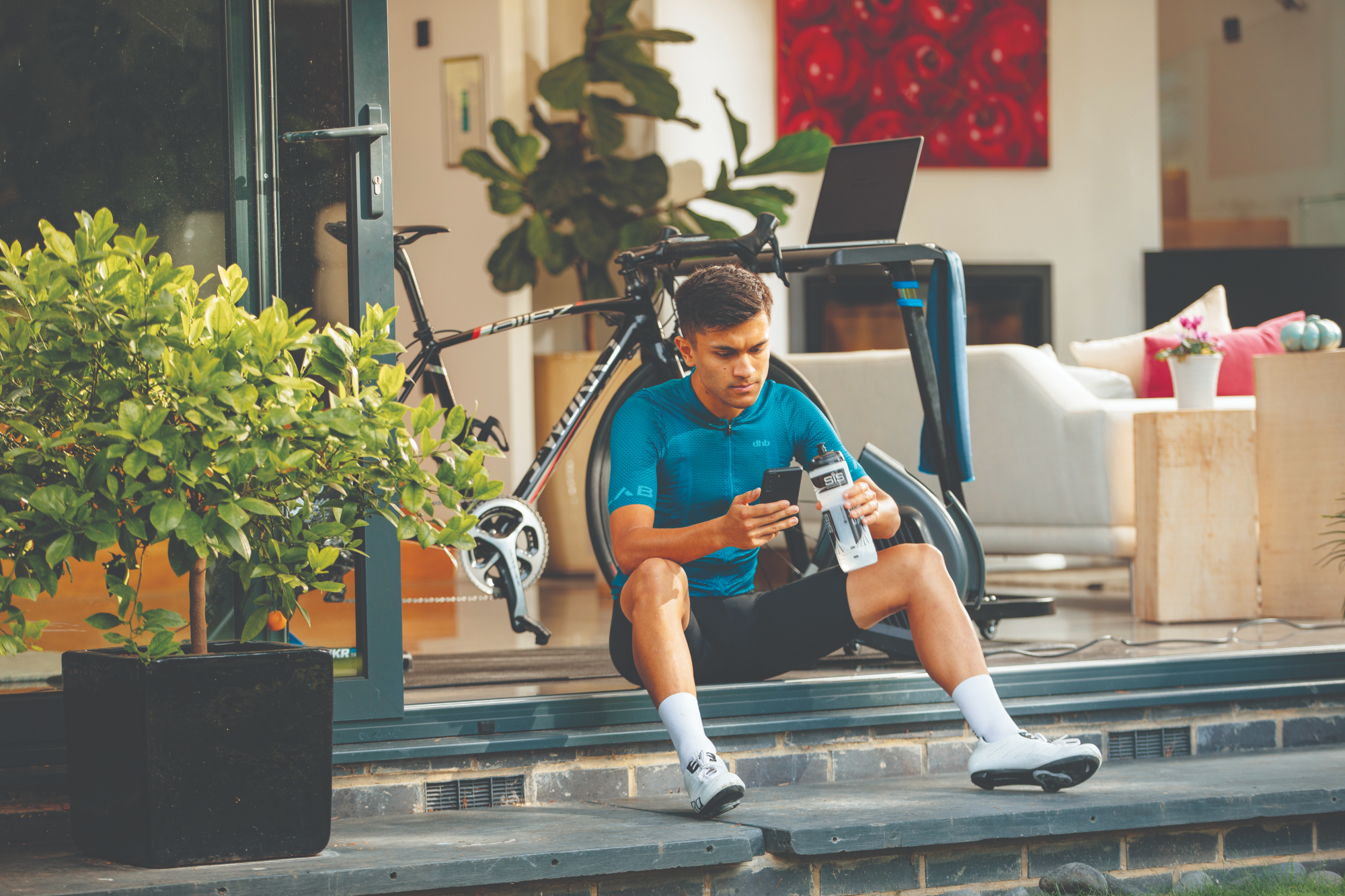
This CO2 tolerance test is another good way to track recovery after cycling, as well as monitoring fitness gains. Take three deep inhalations and exhalations, then a fourth deep inhalation. Exhale as slowly as possible (mouth open), and time how long it takes for you to release all the air or have to breathe in again. Less than 20 seconds might mean you haven’t recovered from previous training; more than 30 seconds shows fair recovery and/ or fair pulmonary fitness; 60 seconds or more shows good recovery and/or good pulmonary fitness.
9. Daydream yourself faster
While you’re waiting for your dinner to cook or your mate to arrive, instead of checking social media, think about your cycling. If you have a hilly ride coming up, try to visualise yourself climbing perfectly like a pro. If it’s a time trial, visualise the race route, the position you will be riding in, your tactics and your technique. Whatever it is, try to make your visualisation as technically perfect and as vivid as possible.
10. Train with intent
Here’s one to incorporate in your training. All sessions, other than relaxing rides, should have an aim, some facet of fitness you are trying to improve. Keep that aim in mind throughout.
Scientists have found that intent plays an important part in outcome when you exercise. Andrew Huberman, a Stanford neuroscience professor, gave an example in his podcast (hubermanlabpodcast.com). He said that subjects lifting weights rapidly to improve power actually improved their power regardless of the speed of the lift – provided they intended to lift quickly.
11. Go barefoot
While cycling, our feet are trapped and constricted even inside the best stiff-soled cycling shoes. Walking barefoot now and again helps keep the many muscles and tendons in the feet in good working order. OK, so there is not a great deal of scientific evidence for the benefits, but walking barefoot in soft grass feels great!
12. Nature-watch
Spend time in nature as often as you can. Sit, stand or move around, it doesn’t matter; the main thing is to look and listen and take it all in – right down to the finest details. Being attentive to nature is a proven meditation technique with powerful benefits for mental health.
13. Strength on the go
We all love riding our bikes, but there’s lots of evidence that strengthening exercises off the bike improves cycling performance as well general health, especially as we get older. If you haven’t got time for a seperate strength and conditioning session, there are exercises you can fit into your day. Try air squats, or a wall sit, both are brilliant for building muscular endurance and strength in leg muscles. Isometric exercises are beneficial too. Always do them with good form – there are plenty of good instruction videos online for bodyweight exercises.
14. Roller it
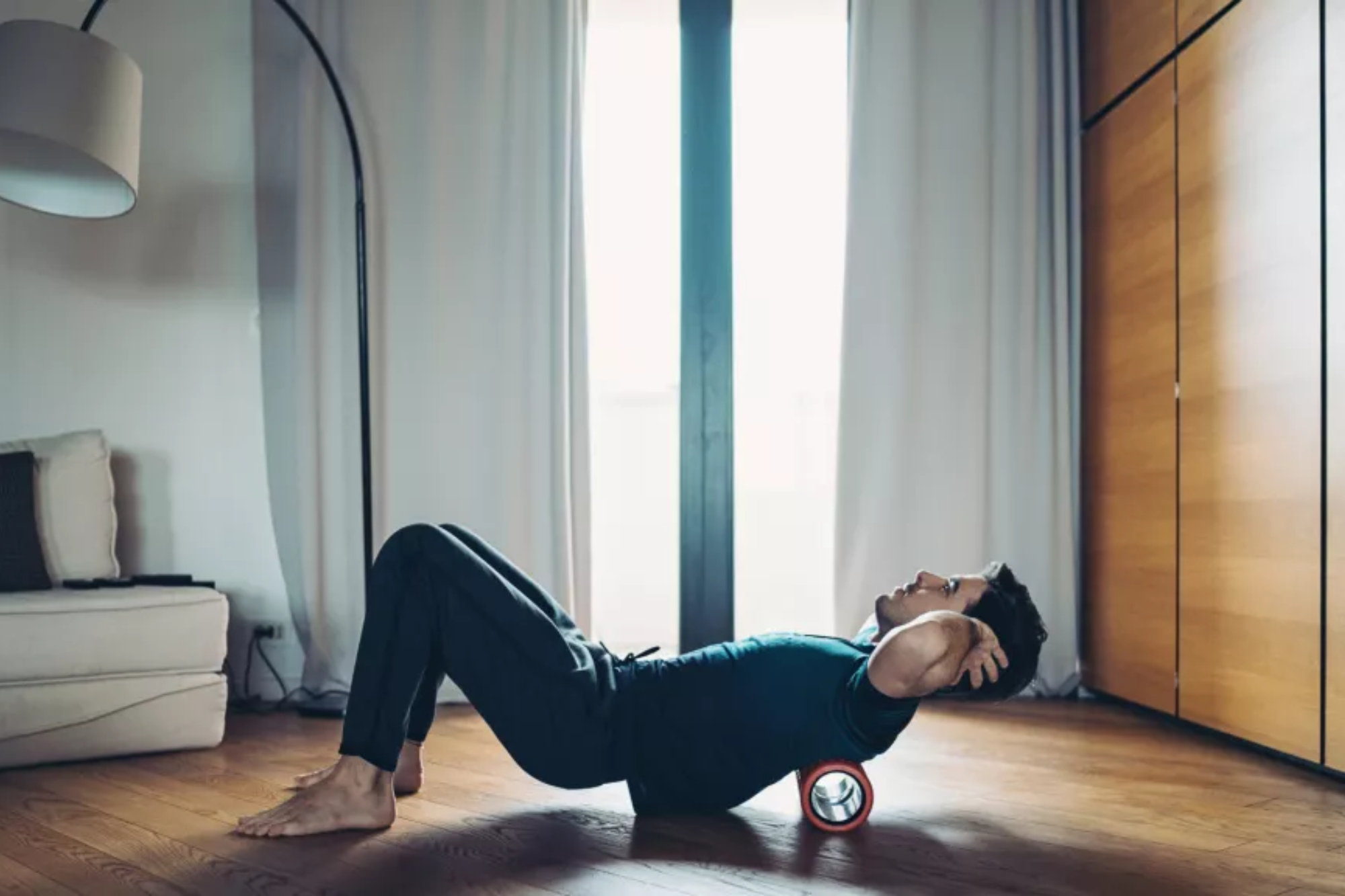
Have a foam roller and/or a hard ball at your desk. You can use both while you work. Put the roller/ball against the back of your work chair, and roll from side to side. The physiological benefits are not well established: it likely improves blood flow, and is anecdotally believed to release tension built up in the neck and shoulders. Above all, it feels good!
15. Dim the lights
Artificial light, especially from screens, disrupts the natural processes in your brain that regulate relaxation and sleep. Dim the lights during the hour before you go to bed, and if you are having difficulty sleeping, minimise screen watching in the hour before lights out.
16. Rise and shine
Light controls our circadian rhythms, which in turn controls when we feel wide awake or sleepy. Just as it’s good to dim the lights and avoid screens before bed, it’s very beneficial to get sunlight into our eyes as soon as possible after waking. Don’t look directly at the sun (obviously!), just go outside – take a short walk or just a couple of minutes taking in the air – as soon as you can after waking. As a bonus, this avoids the temptation to snooze. Many people hit the snooze button upon waking so as to enjoy another five minutes of sleep. However, a 2015 study into sleep, published in the Journal of Physiological Science, found a negative correlation between snoozing and deep sleep – the most restorative type. Go deep, then get up!
Quick tips from masters of success
Richard Oakes, 53, masters world champion and world record holder: “Here’s a quick intention-setting practice I do before training. With all your kit on, sit quietly, close your eyes, pay attention to your breathing and allow your focus to move from the soles of your feet up your body, all the way to the top of your head. Allow a phrase to come to mind that describes what riding your bike that day means to you. After a few seconds, take three deep breaths, open your eyes and get out and enjoy it.”
Chris Hoy, 46, six-time Olympic and 11-time world champion: “Try to eat more protein. Road cyclists tend to underestimate how much protein they need to eat for recovery from training and to maintain or build muscle.”
Allan Peiper, 62, Australian former pro rider and DS: “1978 road race world champion Gerrie Knetemann advised me as a new pro: ‘Always race like you are in a position to win, then you won’t make mistakes when you really are in that position’.”
Dan Martin, 35, Irish former pro rider: “Practice climbing in a low gear on all of your rides. You can force your way over short climbs, but if you get bogged down in a big gear on a long climb, you have to slow right down to recover. The trick is to spin.”
Nigel Mitchell, sports nutritionist: “Make each plate of food as multicoloured as possible. Then you know you’re getting the widest range of vitamins and minerals.”
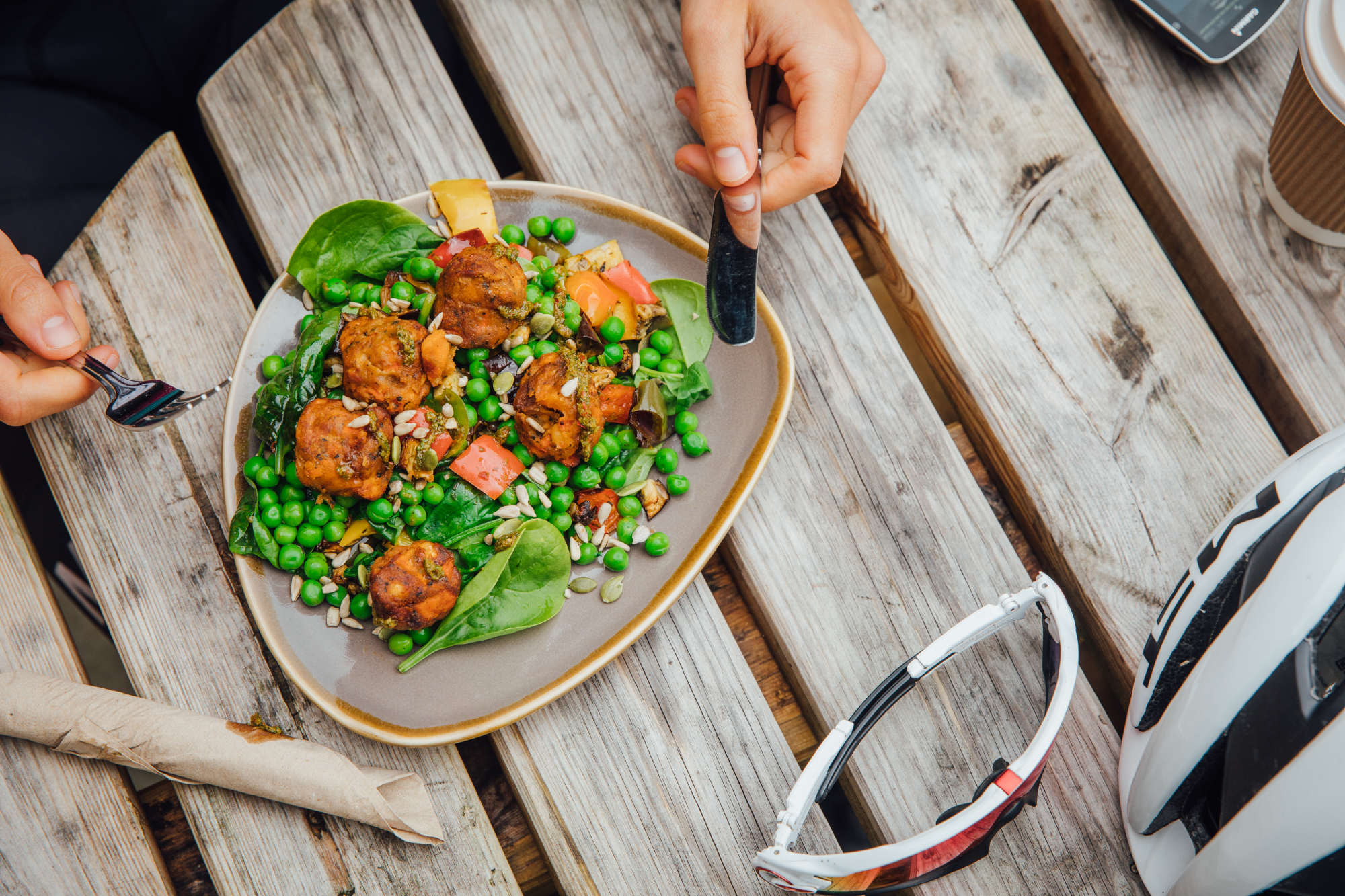
Six unhelpful habits to avoid
Fad diets
Low-carb, Atkins, keto – there are 100s of diets espousing eating only this or never eating that, but time and again research proves that a balanced diet is the best nutrition for cycling and for staying healthy off the bike too There is some evidence that eating a mostly plant-based diet can boost health and is better for the planet.
Hot and cold therapies
Heat therapy (sauna) and cold therapy (ice bath) are used by many professional sportspeople, but they must be timed correctly to benefit. For example, cold straight after intense exercise can help reduce inflammation, but inflammation plays a part in adaptation from training, so it’s not straightforward. Get qualified advice before using either hot or cold.
Booze
No need for total abstinence, unless that’s your preference, but drinking too much alcohol can disrupt physiological adaptations to training as well as psychological motivation. Cutting down on alcohol is also a simple and easy way to lose weight too.
Processed food
Most of the food on your plate should be recognisable as the natural thing it was before being picked off the tree or dug from the soil. If food is prepackaged and the ingredients list is long and contains lots of chemical names, it’s best avoided or eaten infrequently. Whole foods cooked fresh are best.
Sports nutrition as snacks
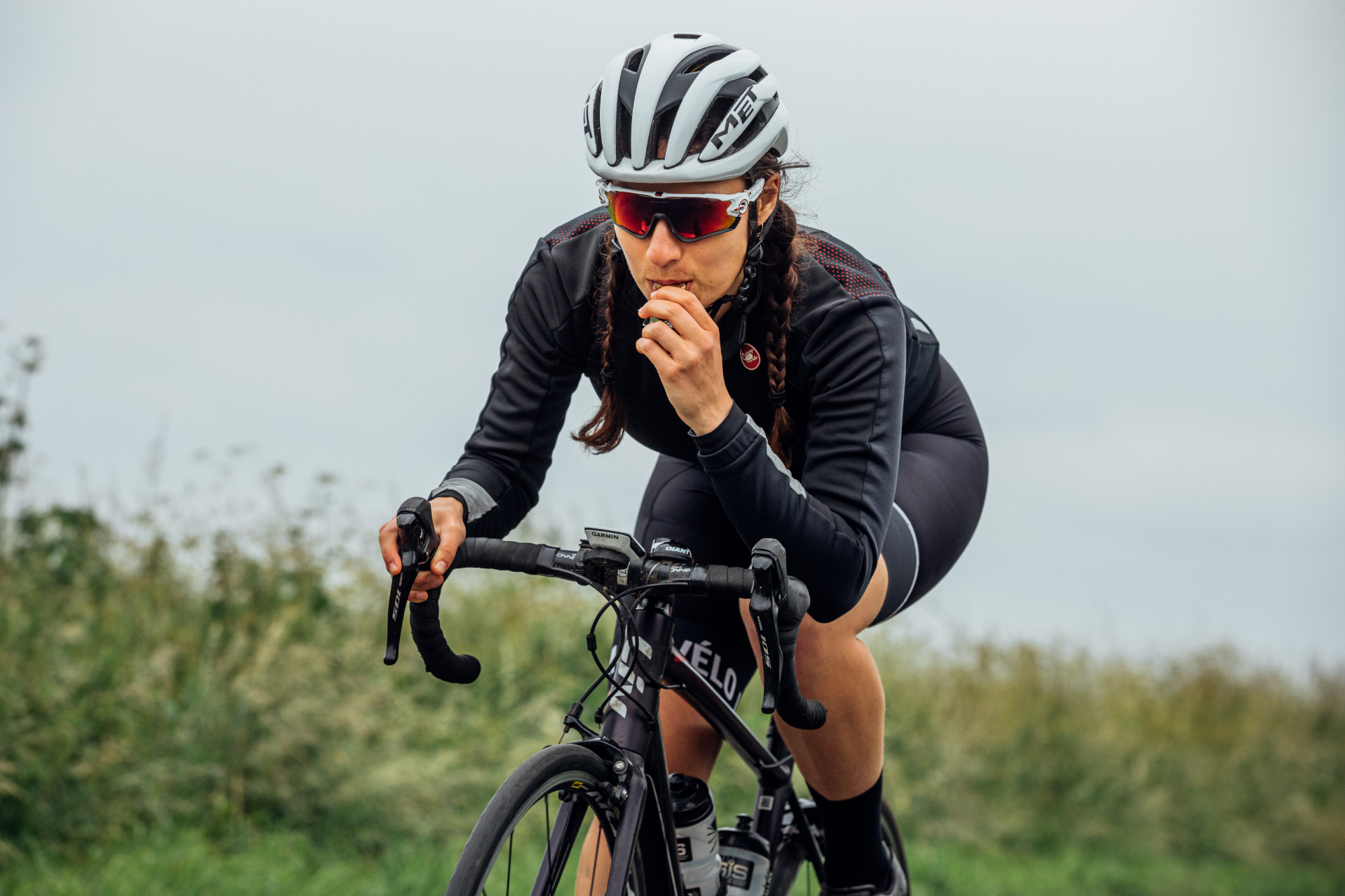
The best energy bars, energy drinks and energy gels are easy to consume and so are great for exercise, but you don’t need the big dose of quick-release carbs at other times. Opt for natural snacks instead.
The latest thing
If you have a plan, especially one agreed with a qualified coach, give it time to work. Don’t switch your training plan when the latest thing comes along. It takes six to 10 weeks for a training programme, consistently followed, to provide a measurable improvement in your fitness and performance.

Thank you for reading 20 articles this month* Join now for unlimited access
Enjoy your first month for just £1 / $1 / €1
*Read 5 free articles per month without a subscription

Join now for unlimited access
Try first month for just £1 / $1 / €1

Chris has written thousands of articles for magazines, newspapers and websites throughout the world. He’s written 25 books about all aspects of cycling in multiple editions and translations into at least 25
different languages. He’s currently building his own publishing business with Cycling Legends Books, Cycling Legends Events, cyclinglegends.co.uk, and the Cycling Legends Podcast
-
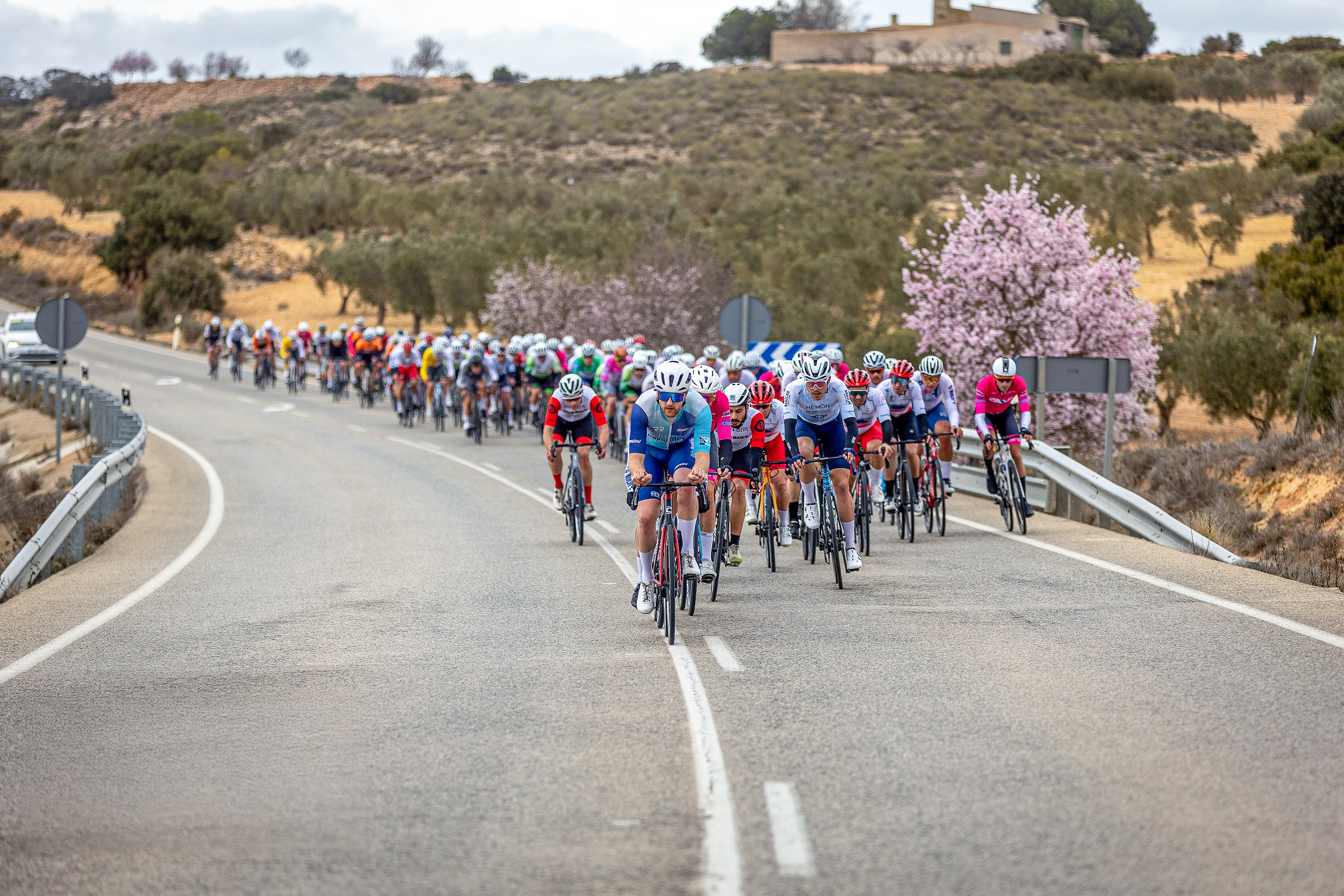 Why the silence? Are there really no gay riders in the men's pro peloton?
Why the silence? Are there really no gay riders in the men's pro peloton?Despite growing LGBTQ+ visibility in other sports, representation in male pro cycling remains entirely absent. David Bradford speaks to British racers and asks, why the stubborn silence?
By David Bradford
-
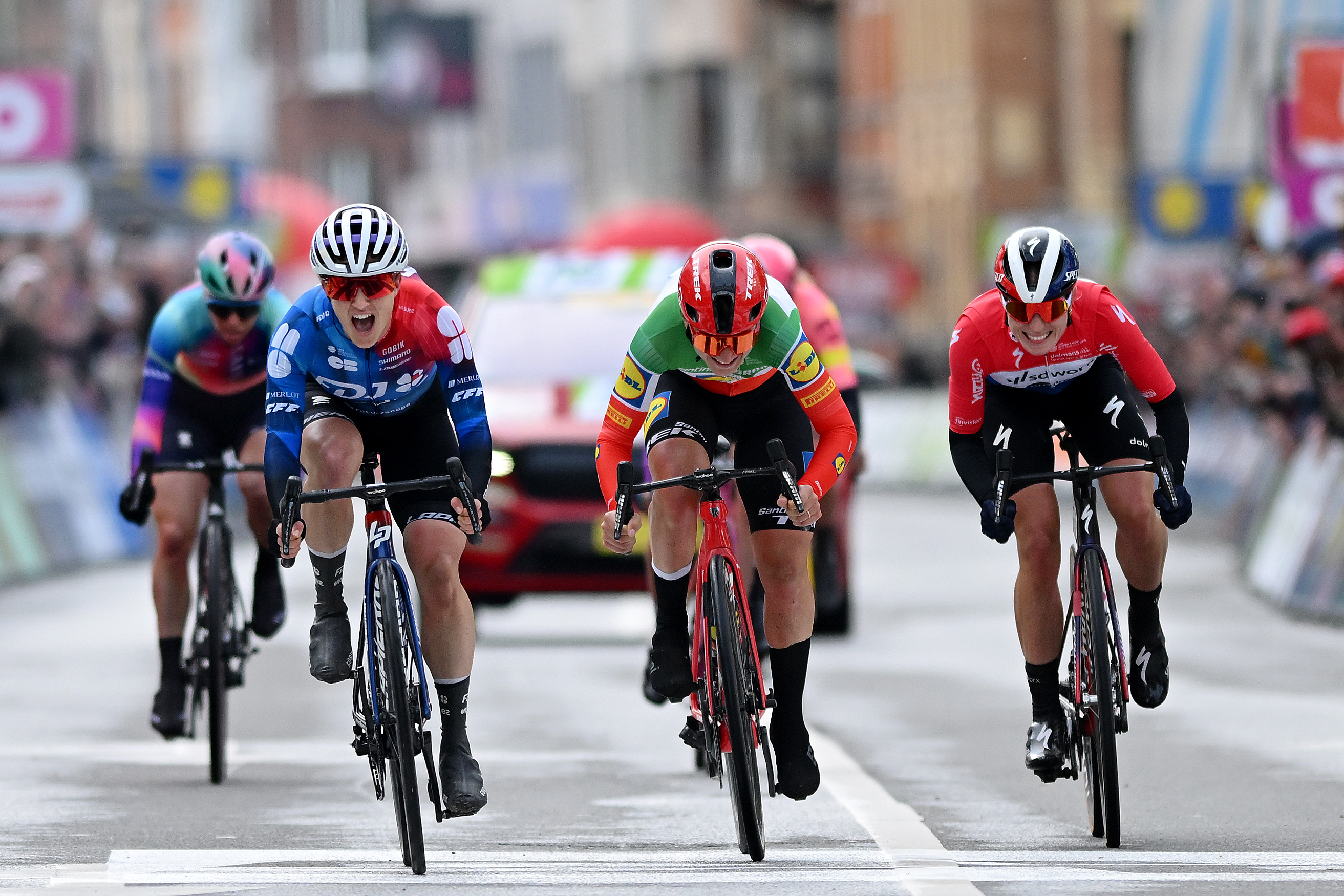 Tadej Pogačar's hat-trick, La Redoute, and Dutch delight: Five things to look out for at Liège-Bastogne-Liège 2025
Tadej Pogačar's hat-trick, La Redoute, and Dutch delight: Five things to look out for at Liège-Bastogne-Liège 2025The oldest professional bike race in the world takes place this Sunday – here's how to watch, who to watch, and what to watch out for
By Adam Becket
-
 Eight simple ways to gain free speed
Eight simple ways to gain free speedHere are our top tips for free speed: all you need are a few simple adjustments
By Zach Nehr
-
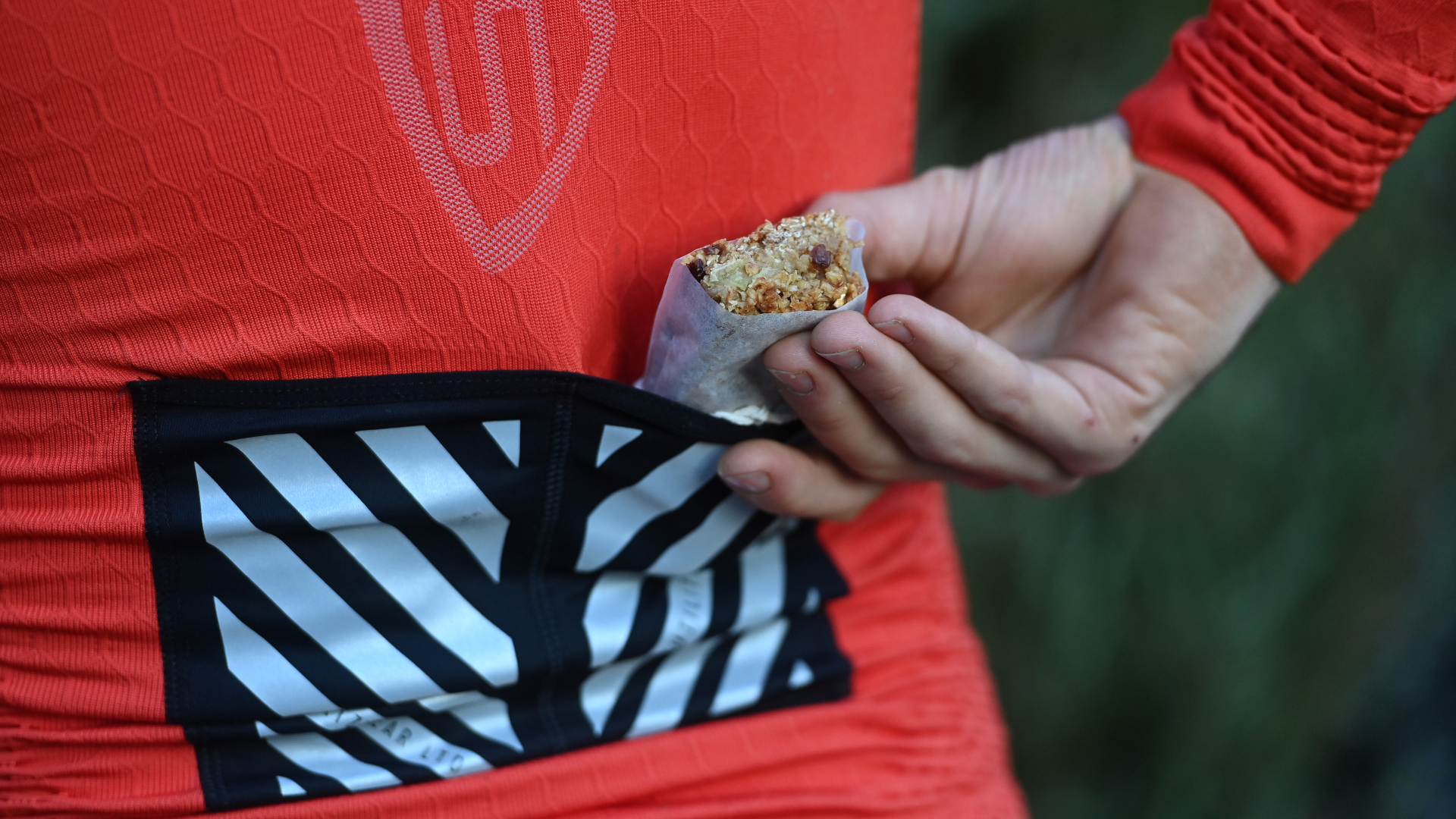 Save money, fuel better: 20 ways to slash your cycling nutrition costs
Save money, fuel better: 20 ways to slash your cycling nutrition costsWith food prices soaring, it’s getting ever more expensive to sate a cyclist’s appetite. Here’s a nutritionists’ guide on how to cut your fuelling bill – without compromising on health or cycling performance
By Anita Bean
-
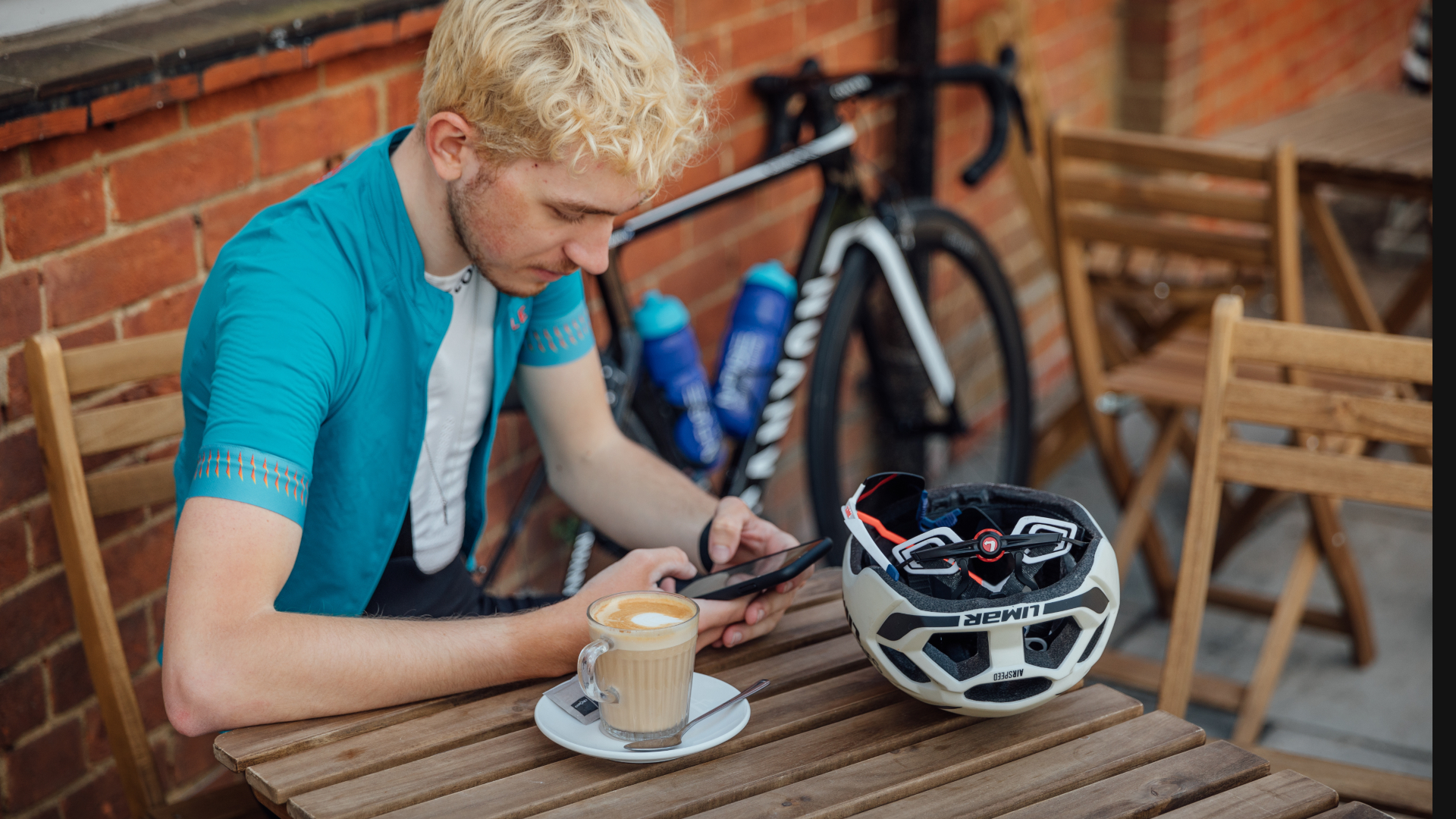 Five free fitness features on Garmin Connect that cyclists should be taking advantage of
Five free fitness features on Garmin Connect that cyclists should be taking advantage ofHere’s how to make the most of the training software which comes free with Garmin’s cycling computers and smartwatches
By Andy Turner
-
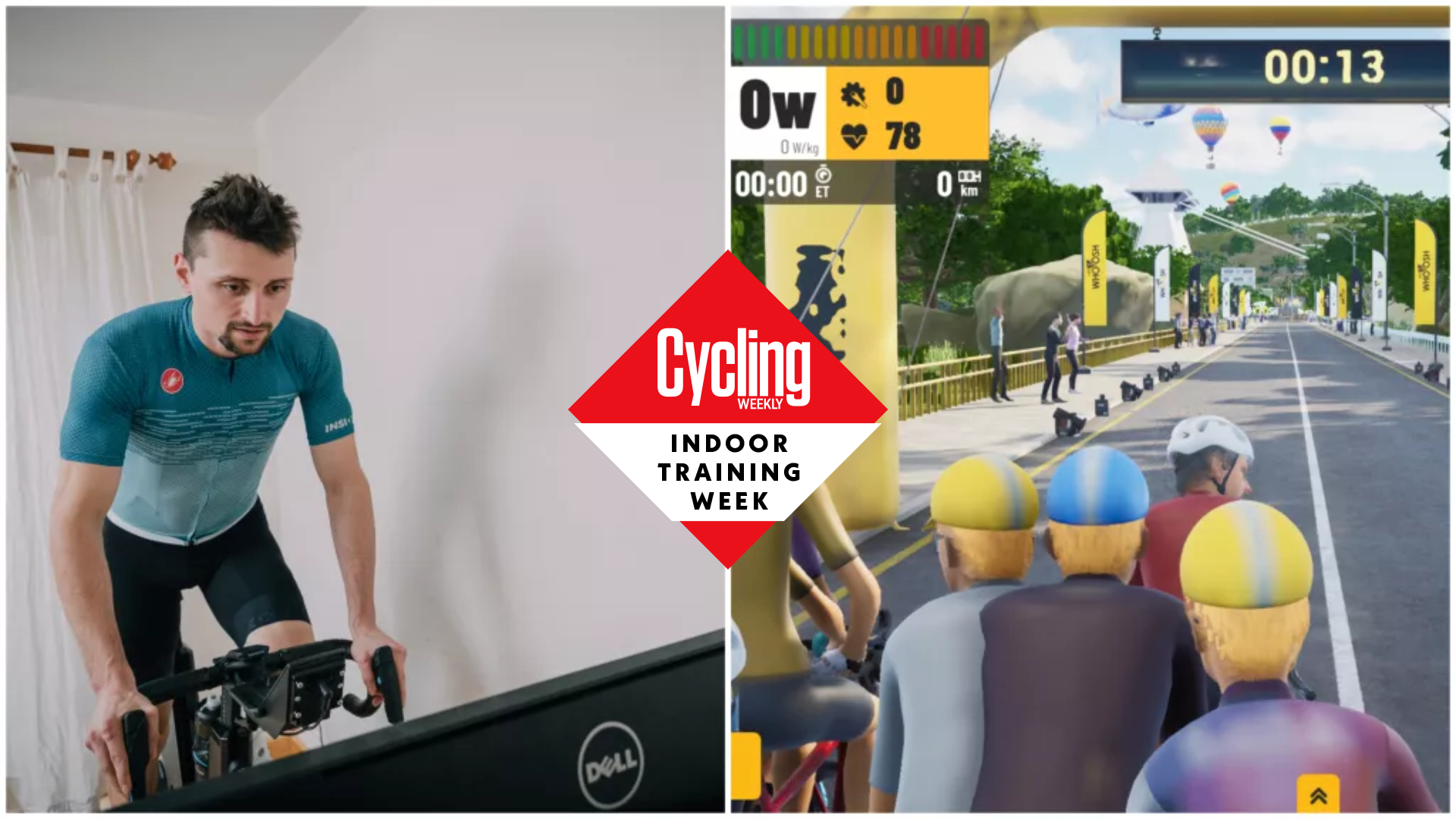 Why pay for Zwift when you can ride on MyWhoosh for free?
Why pay for Zwift when you can ride on MyWhoosh for free?With group rides, races, multiple worlds, training plans and workouts, this ad-supported start-up has most bases covered
By Stefan Abram
-
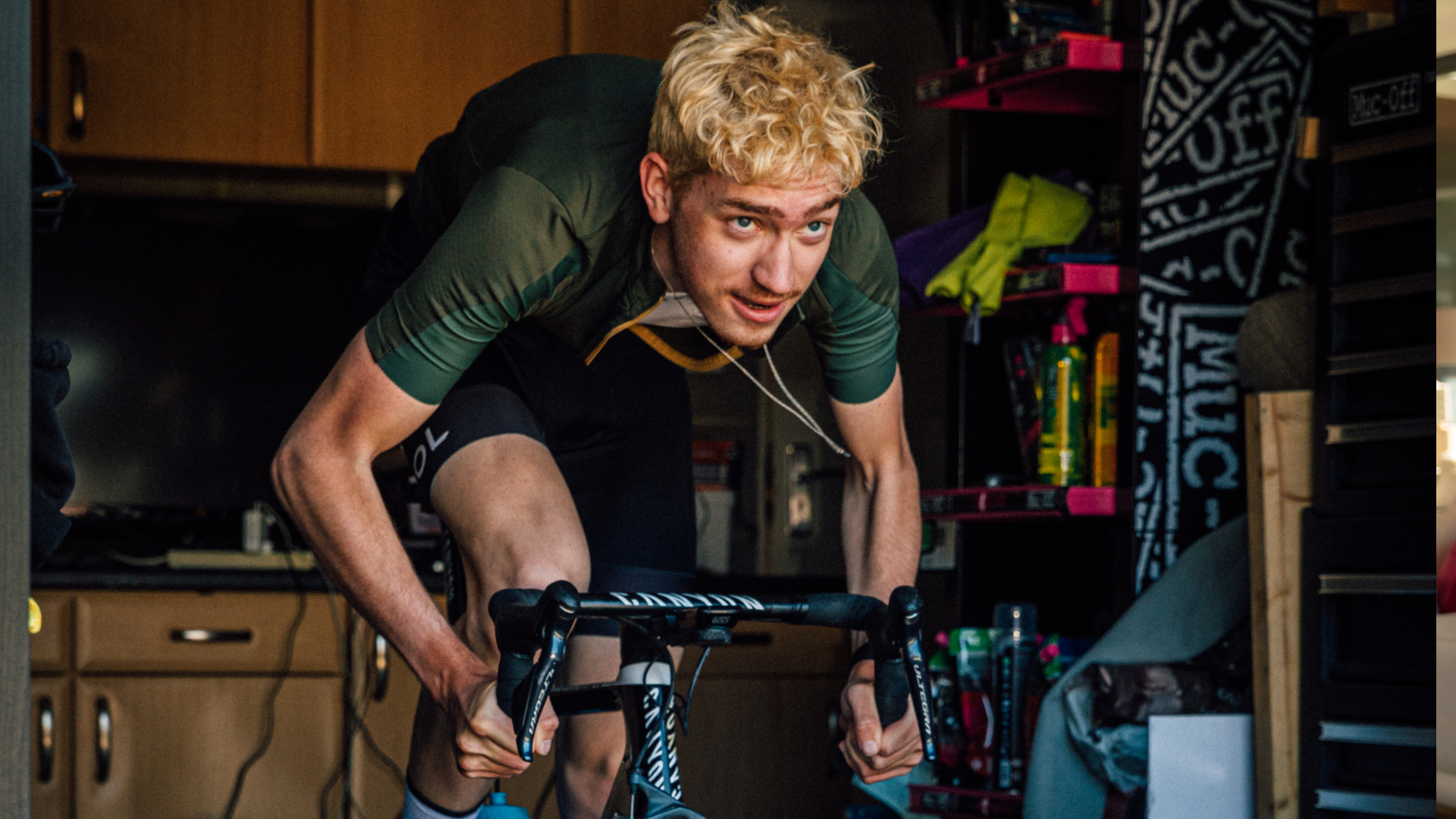 All the essentials to get started cycling indoors (on a budget – or not)
All the essentials to get started cycling indoors (on a budget – or not)Indoor cycling is a fast, efficient way to get fit, here is all you need to get started and beyond
By Luke Friend
-
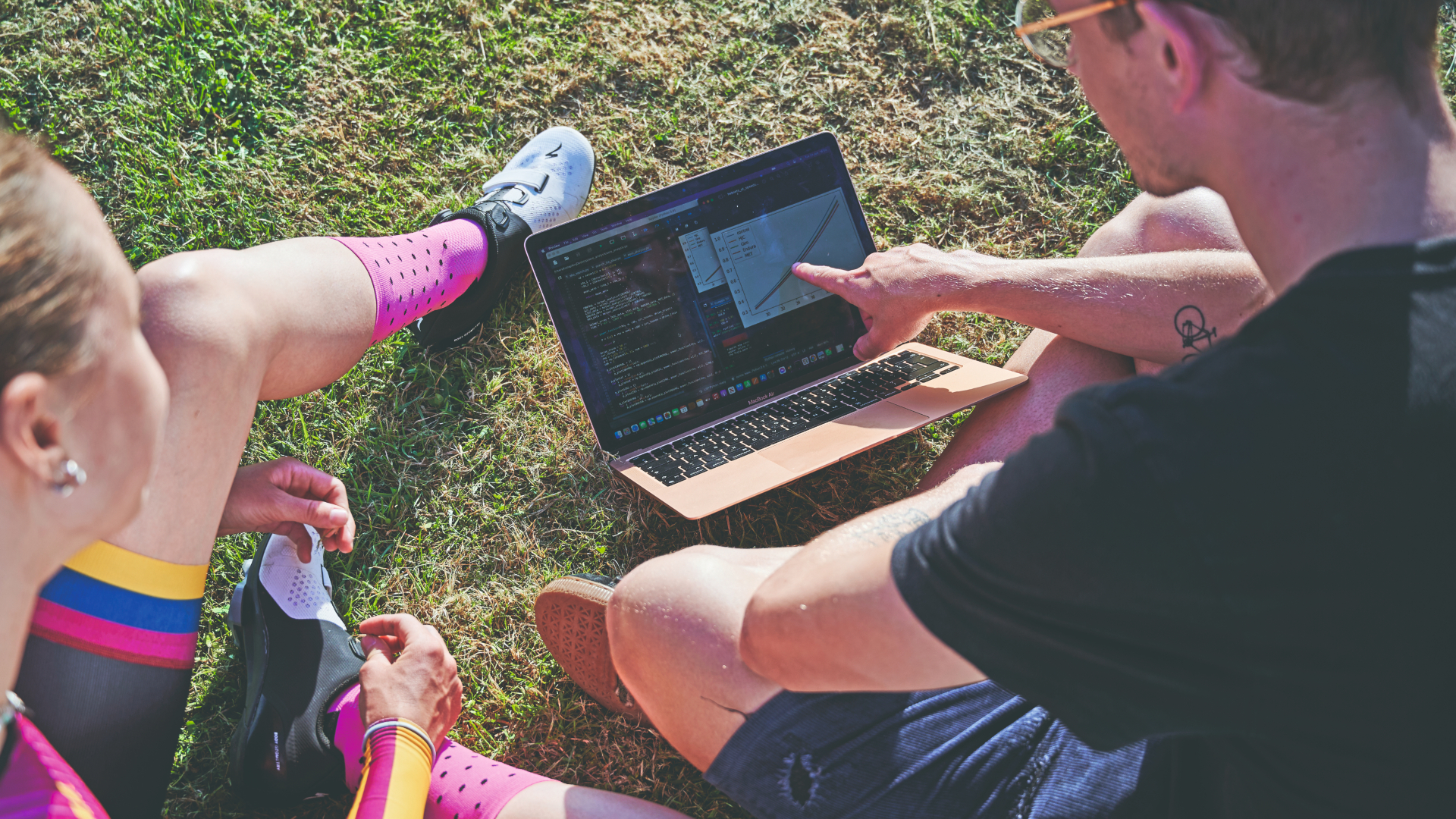 Gain without pain - here’s the cost-free aero test that every cyclist should try
Gain without pain - here’s the cost-free aero test that every cyclist should tryWhy toil away at hard intervals when you could make bigger gains by effortlessly tweaking your position? We head toa racetrack in search of cost-free aero improvements
By Tom Epton
-
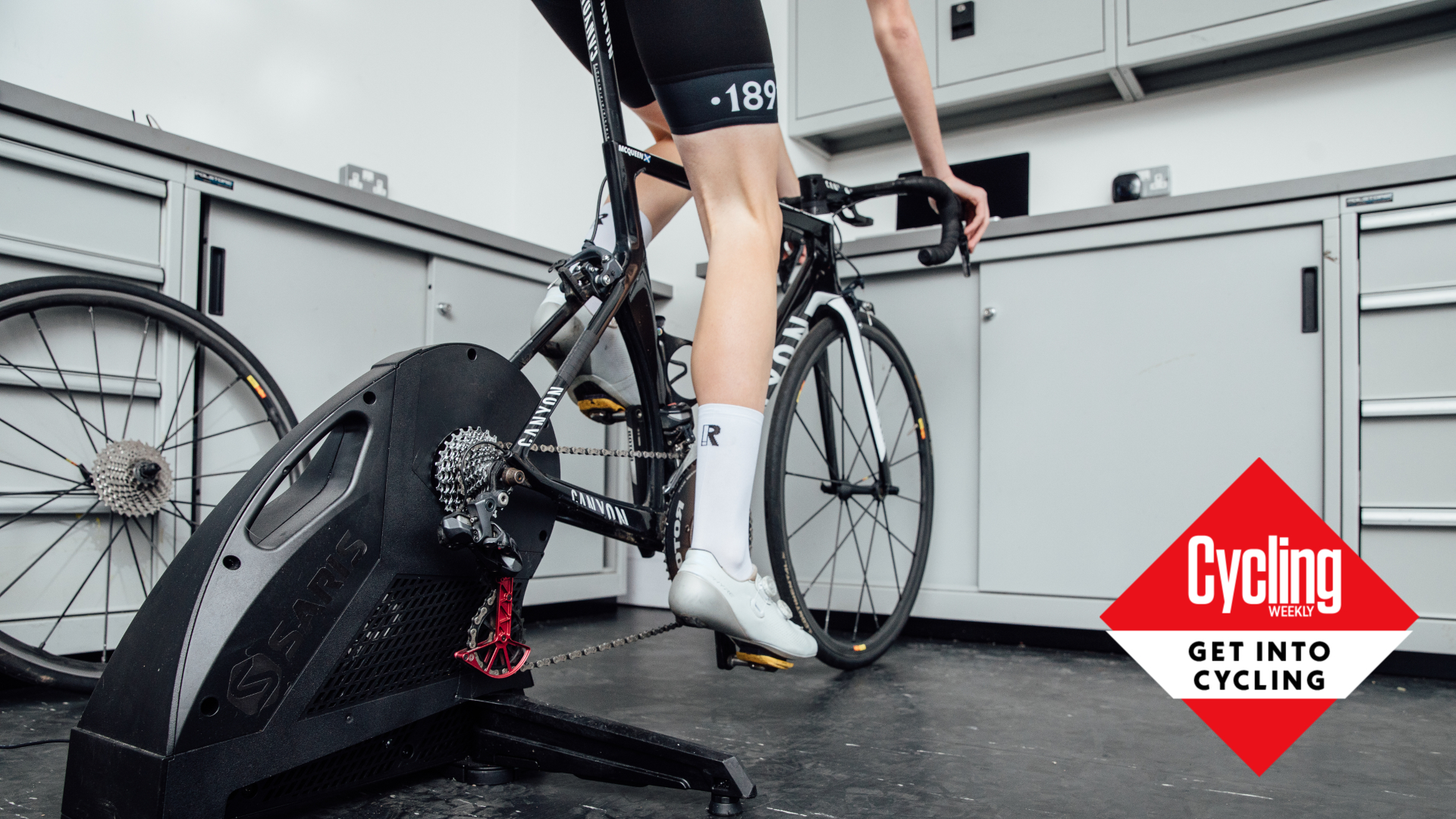 Suffering with clunky bike gears? Follow our simple guide to diagnose problems and fix your shifting
Suffering with clunky bike gears? Follow our simple guide to diagnose problems and fix your shiftingFollow our step-by-step guide on how to adjust your bike gears
By Luke Friend
-
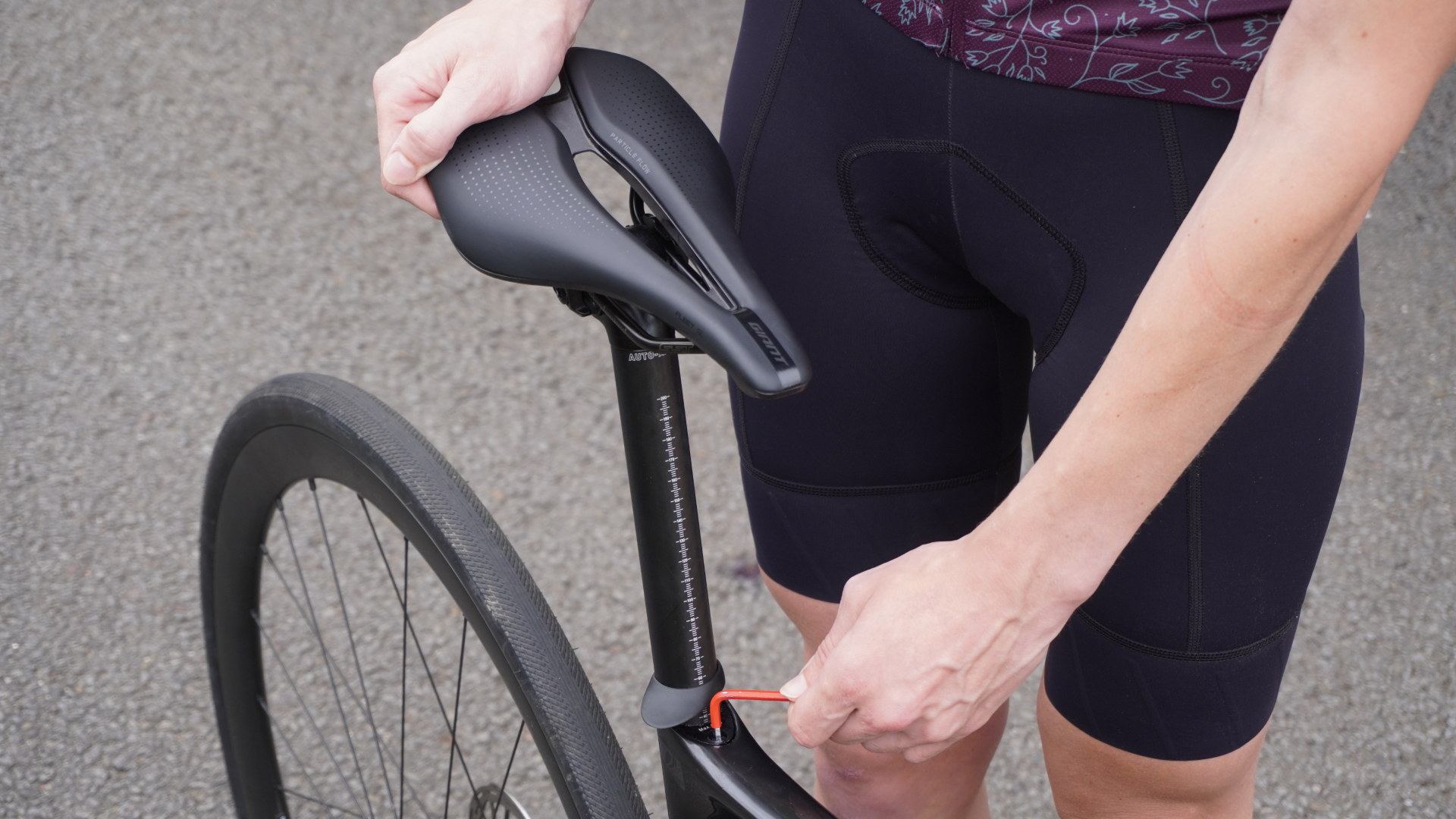 Are DIY bike fits any good? How to set yourself up for comfort on the bike
Are DIY bike fits any good? How to set yourself up for comfort on the bikeGetting professionally fitted to your bike can be a costly business. Is it really worth it — or can you sort your own set-up quite adequately for free?
By Michelle Arthurs-Brennan